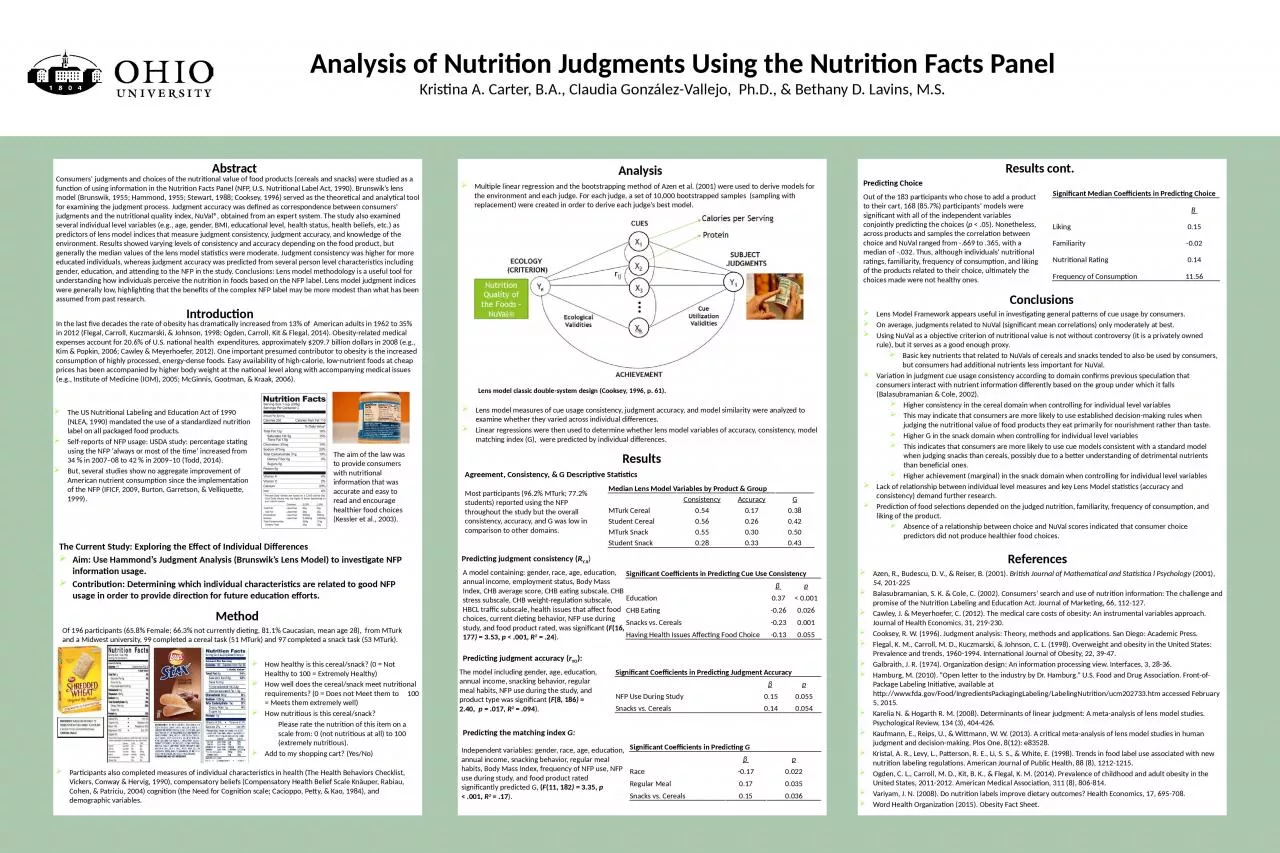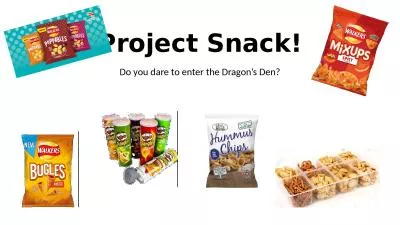PPT-How healthy is this cereal/snack? (0 = Not Healthy to 100 = Extremely Healthy)
Author : WannabeRockstar | Published Date : 2022-08-03
How well does the cerealsnack meet nutritional requirements 0 Does not Meet them to 100 Meets them extremely well How nutritious is this cerealsnack Please
Presentation Embed Code
Download Presentation
Download Presentation The PPT/PDF document "How healthy is this cereal/snack? (0 = N..." is the property of its rightful owner. Permission is granted to download and print the materials on this website for personal, non-commercial use only, and to display it on your personal computer provided you do not modify the materials and that you retain all copyright notices contained in the materials. By downloading content from our website, you accept the terms of this agreement.
How healthy is this cereal/snack? (0 = Not Healthy to 100 = Extremely Healthy): Transcript
Download Rules Of Document
"How healthy is this cereal/snack? (0 = Not Healthy to 100 = Extremely Healthy)"The content belongs to its owner. You may download and print it for personal use, without modification, and keep all copyright notices. By downloading, you agree to these terms.
Related Documents














